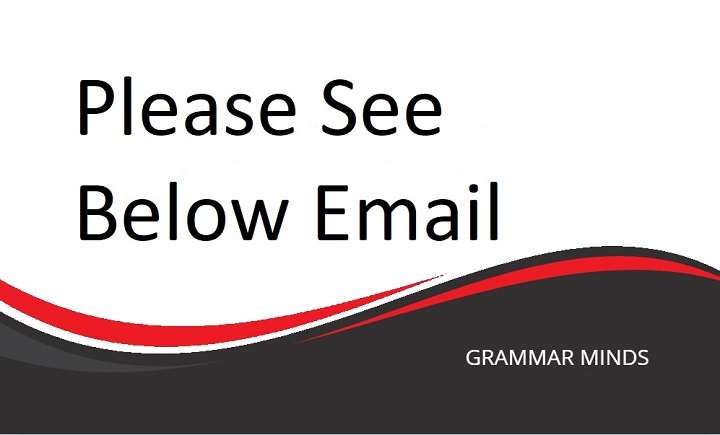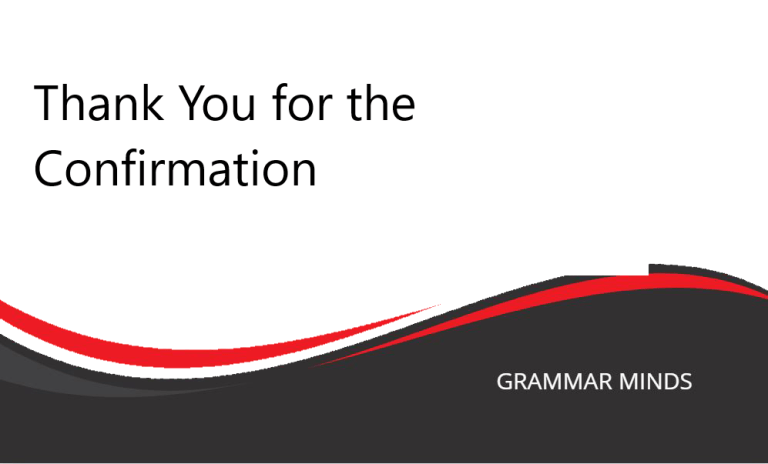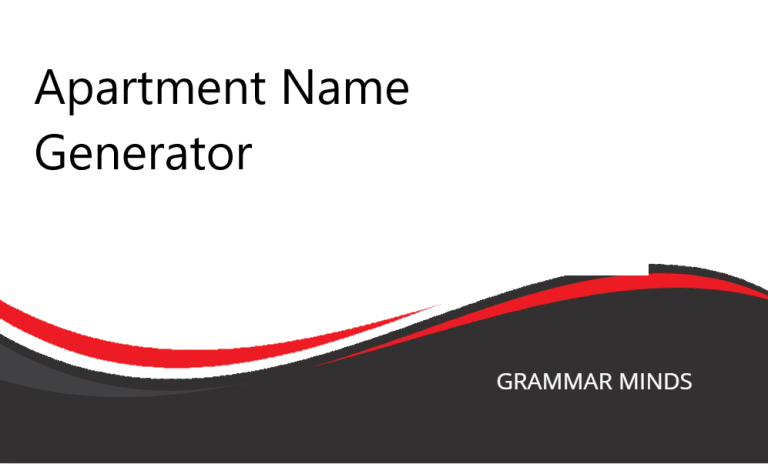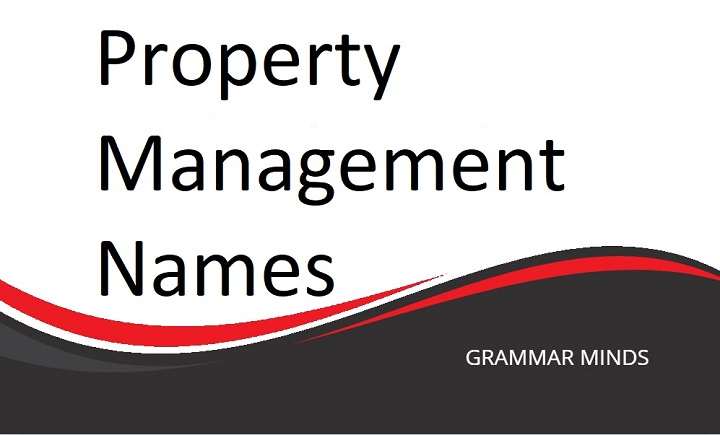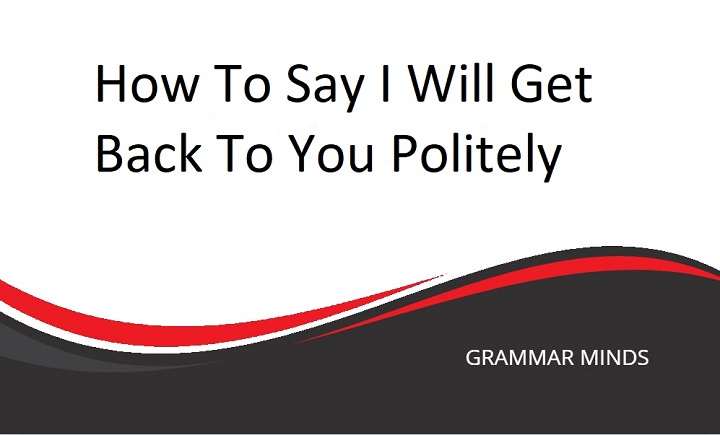In today’s fast-paced business world, effective communication is key to maintaining professionalism, whether you’re emailing colleagues, clients, or supervisors. One common phrase many of us frequently use in work emails is “Please see below email.” While this phrase is grammatically correct and gets the point across, it can become repetitive and sound monotonous if overused.
Have you grown tired of using “Please see below email” in your professional communication? If so, you’re not alone. There’s no need to stick to just one phrase when you have so many alternatives that can keep your emails varied and engaging.
In this article, we’ll introduce you to several alternative expressions for “Please see below email” that can add variety to your communication. Let’s explore them and see how they can be used in different professional contexts.
Other Ways to Say “Please See Below Email”
Here are ten alternative ways to say “Please see below email” in your professional correspondence:
“Kindly refer to the email below.”
This is a polite, formal alternative that maintains the professionalism required in business communication.
“Please find the email below.”
This is a straightforward phrase, commonly used in business correspondence. It sounds professional and gets the message across clearly.
“As per the email below.”
This alternative implies that the recipient should look at the email for additional context or clarification.
“Below is the email for your reference.”
This phrase is a great way to direct someone’s attention to an email while emphasizing its importance for future reference.
“The following email provides the details.”
This phrase is particularly useful when you want to highlight that the email contains important details or instructions.
“Please see the message below.”
A simple and clear alternative, perfect for formal settings.
“The email below outlines the key points.”
This is an excellent phrase to use when the email contains essential points that the recipient needs to review.
“You can find the email below.”
This casual alternative is ideal for informal or friendly professional environments.
“As mentioned in the email below.”
This phrase works well when referring to information already discussed in the email and needing further elaboration.
“Please refer to the following email.”
Another formal phrase that works perfectly in professional correspondence, directing the recipient to check the email content for details.
Key Notes
While “Please see below email” is grammatically correct and suitable for formal situations, it can sometimes feel repetitive or uninspired. By using alternatives, you can convey the same message while sounding more professional or varied, depending on the context. Here’s a quick guide on when to use each alternative:
- “Kindly refer to the email below” is perfect for formal communication, especially in professional settings like official business emails.
- “Please find the email below” can be used in both formal and informal situations, making it highly versatile.
- “As per the email below” is an excellent choice for clarifying or referencing previously provided information in a professional email thread.
- “The email below outlines the key points” works particularly well when you want to highlight the main details in an email.
Let’s explore how to use these phrases with real-life examples.
Kindly Refer to the Email Below
Usage:
If you’re looking for a more formal way to say “Please see below email,” try using “Kindly refer to the email below.” This alternative adds a touch of courtesy and professionalism, making it perfect for business settings such as formal emails or official communications.
Example (in an email):
Dear Ms. Jones,
Thank you for your inquiry regarding the project timeline. Kindly refer to the email below for the details we discussed during the meeting.
Best regards,
John Smith
Please Find the Email Below
Usage:
This phrase is a common and versatile alternative that you can use in nearly any professional situation. It is especially useful when you want to keep things direct but professional.
Example (in an email):
Hi Mark,
Please find the email below, which includes the attachment we talked about in yesterday’s meeting.
Best,
Sarah Thompson
As per the Email Below
Usage:
“As per the email below” is a slightly formal alternative that helps when you want to draw attention to information that has already been provided. It’s great for reminding colleagues of previously discussed details or instructions.
Example (in an email):
Dear Mr. Lee,
As per the email below, the deadline for submitting the report is next Friday. Please ensure that all materials are ready by then.
Sincerely,
Emily Clark
Below is the Email for Your Reference
Usage:
This phrase is particularly useful when you want the recipient to keep the information in the email for future use. It adds a sense of importance and utility to the content of the email.
Example (in an email):
Hi Lisa,
Below is the email for your reference. Please let me know if you need any further details.
Best regards,
Michael Brown
The Following Email Provides the Details
Usage:
This phrase is excellent when you want to highlight that the email contains crucial details, making it essential for the recipient to review the content.
Example (in an email):
Dear Ms. Green,
The following email provides the details you requested regarding the upcoming event. Please feel free to reach out if you have any questions.
Kind regards,
Robert Harris
Please See the Message Below
Usage:
A clear and straightforward alternative to “Please see below email,” this phrase works well in professional settings where direct communication is needed.
Example (in an email):
Hi John,
Please see the message below regarding the updates to our software. Let me know if you have any questions.
Thanks,
Jessica Wilson
The Email Below Outlines the Key Points
Usage:
This phrase is helpful when you want to focus the recipient’s attention on specific important points within the email.
Example (in an email):
Dear Mr. Adams,
The email below outlines the key points discussed in the last meeting. Please review them before our next call.
Best regards,
Rebecca Taylor
You Can Find the Email Below
Usage:
This is a more casual alternative, suitable for informal professional relationships, like with colleagues or team members you regularly communicate with.
Example (in an email):
Hey Sam,
You can find the email below that explains the new process for submitting requests. Let me know if you run into any issues!
Cheers,
Daniel White
As Mentioned in the Email Below
Usage:
Use this phrase when you want to reference something already covered in the email. It’s perfect for reminding recipients of important points.
Example (in an email):
Hi Rachel,
As mentioned in the email below, the project kickoff will be on Monday. Please make sure you’re prepared with all necessary documents.
Best,
Chris Martin
Please Refer to the Following Email
Usage:
Another formal alternative that maintains professionalism in your communication. It works perfectly in client or business-facing emails where clarity and politeness are important.
Example (in an email):
Dear Mr. Thompson,
Please refer to the following email for details on the upcoming conference. Let me know if you need additional information.
Best regards,
Linda Scott
Is It Correct to Say “Please See Below Email”?
Yes! “Please see below email” is grammatically correct and is widely used in both formal and informal settings. Whether you’re communicating with a colleague, supervisor, or client, this phrase is an acceptable and professional way to draw attention to previous email content.
However, as shown, there are many alternatives to this phrase that can help diversify your vocabulary and make your communication more engaging.
You Can Also Try Slight Variations Like:
- “Please see the attached email.”
- “I have included the email below for your reference.”
- “You’ll find the email below.”
Also Read
Have a Great Weekend Team: Alternative Ways to Keep It Fresh and Engaging
In conclusion, while “Please see below email” is a perfectly acceptable and grammatically correct phrase, it can become repetitive over time. By using the alternative phrases provided in this article, you can diversify your vocabulary and communicate more effectively, ensuring that your professional correspondence is both clear and engaging.
These alternatives are adaptable to different formal and informal settings, so don’t hesitate to mix them into your communication style for more variety and impact.

